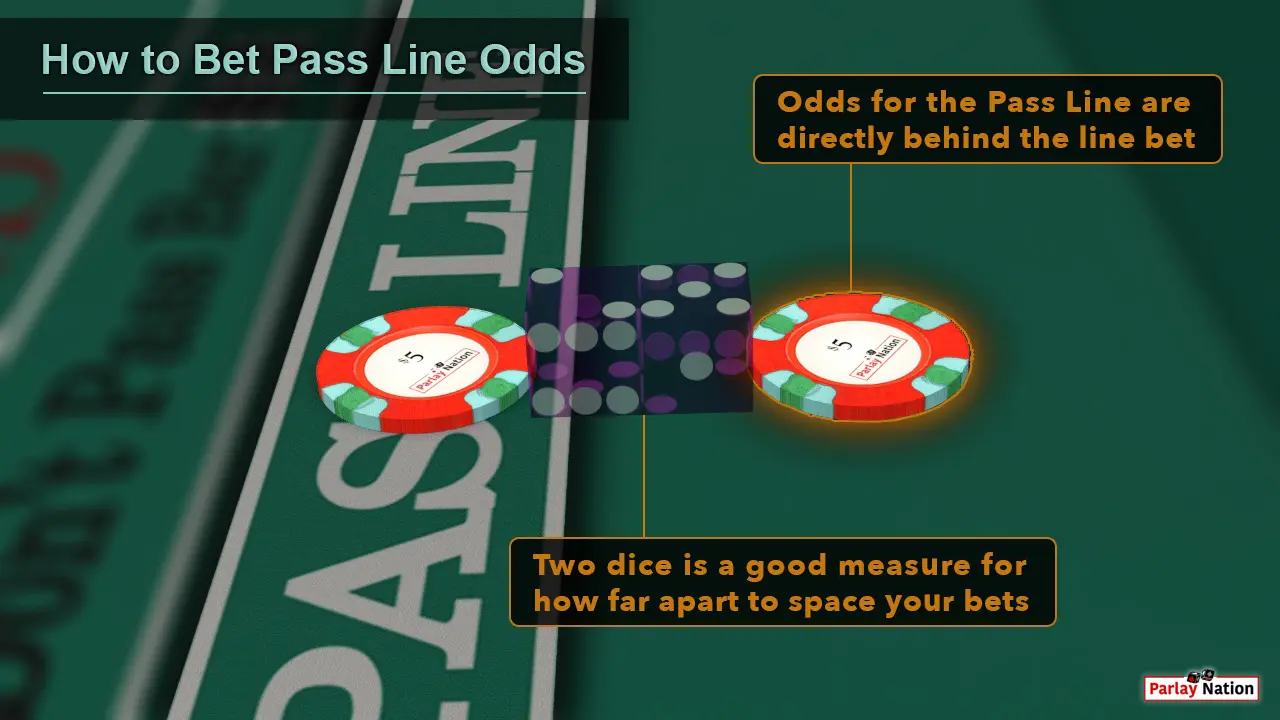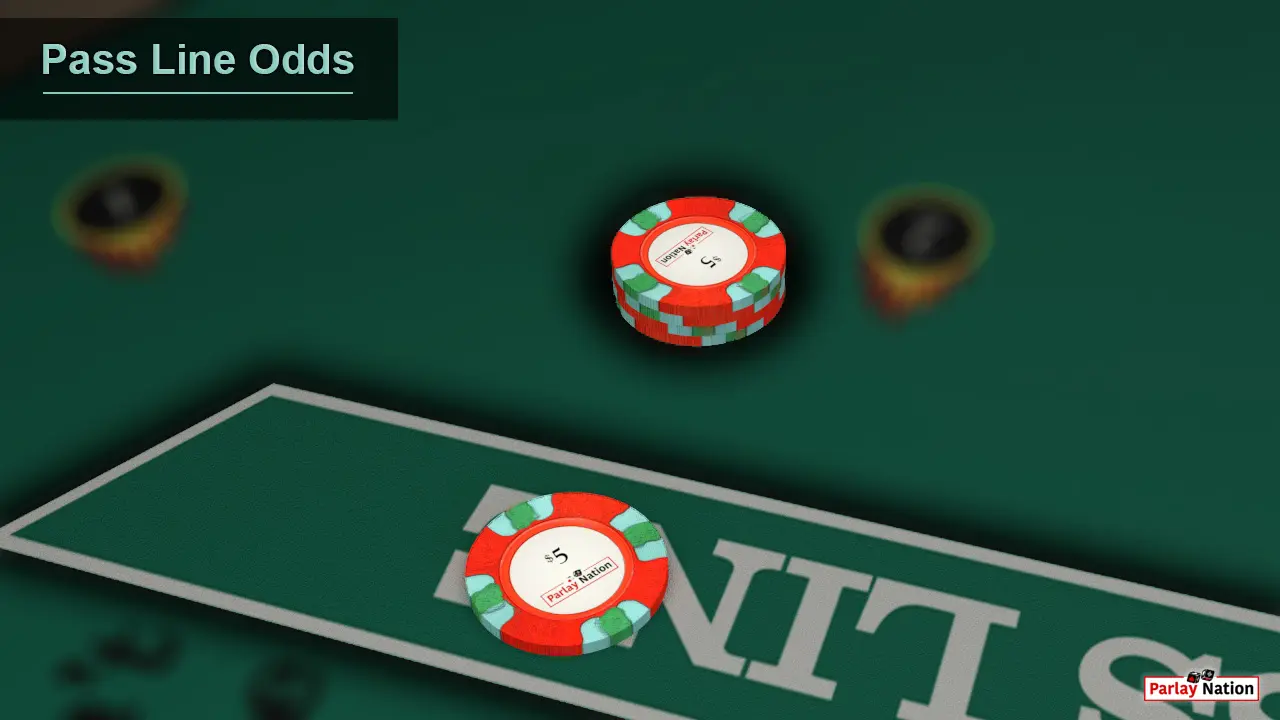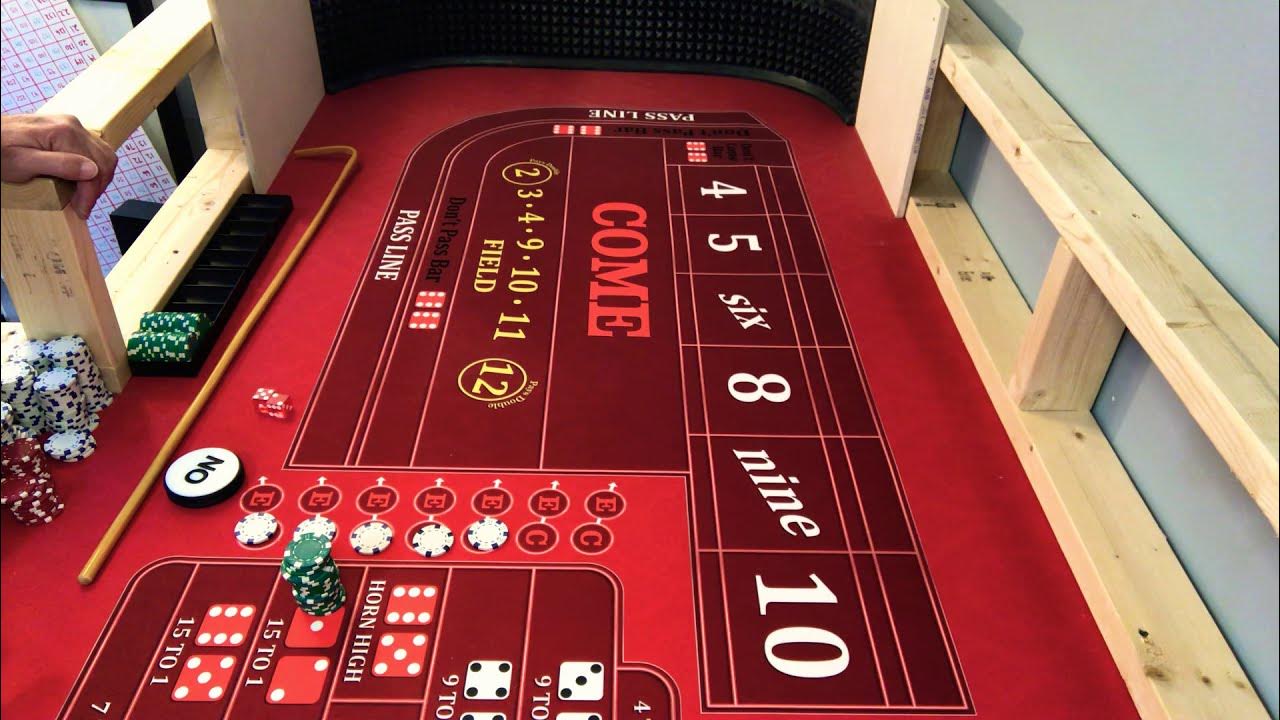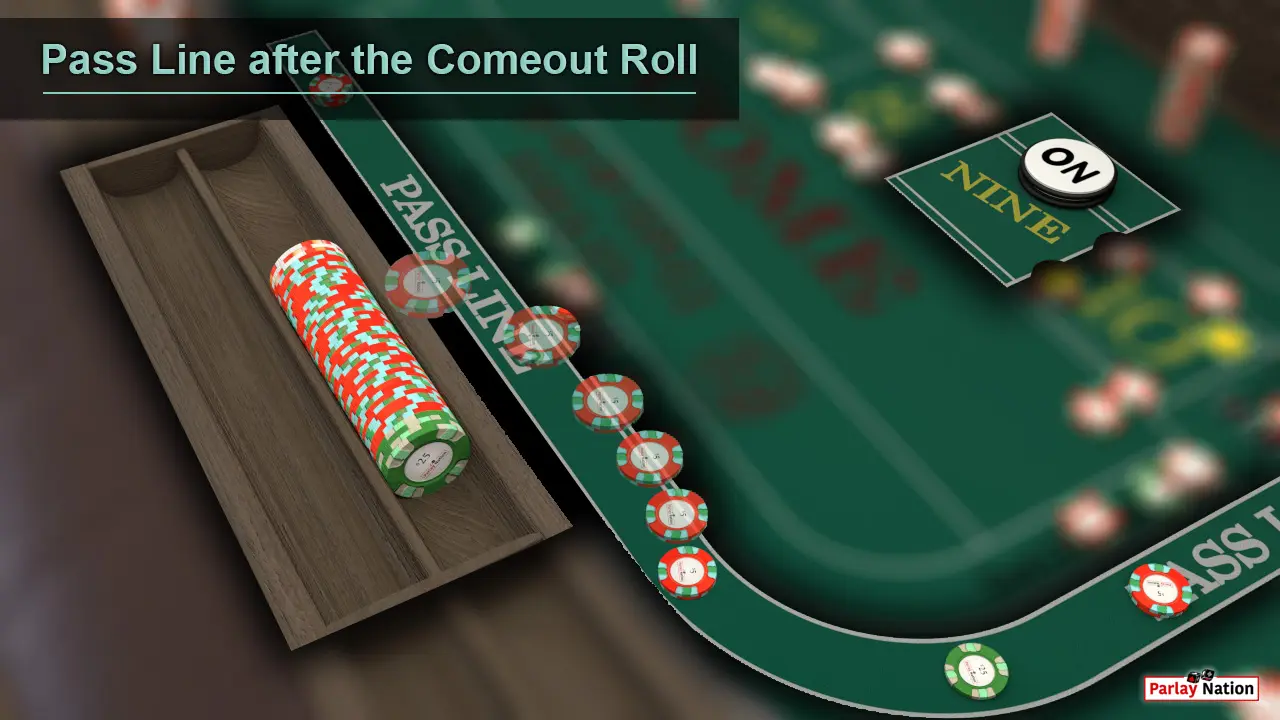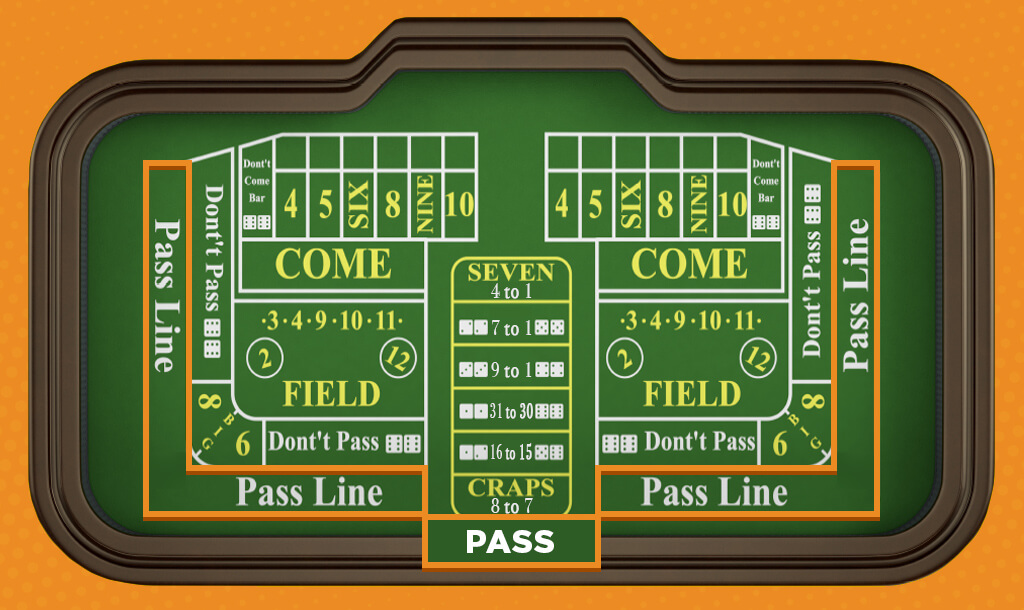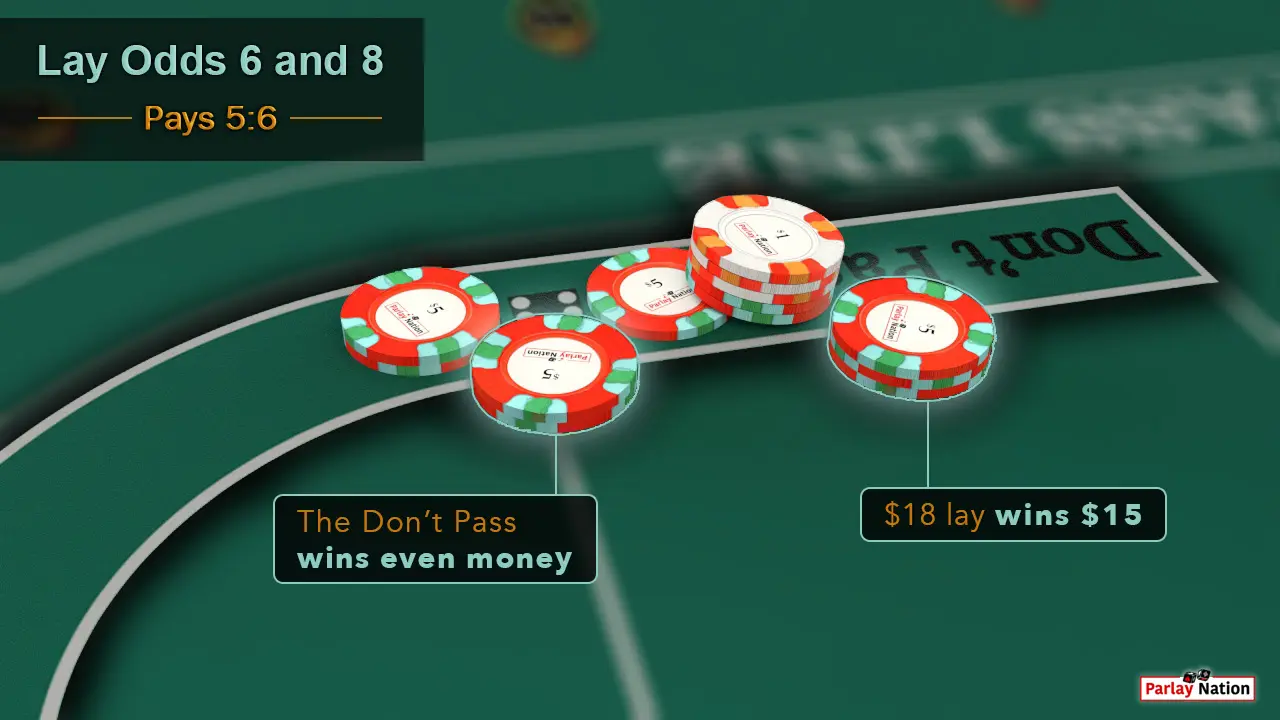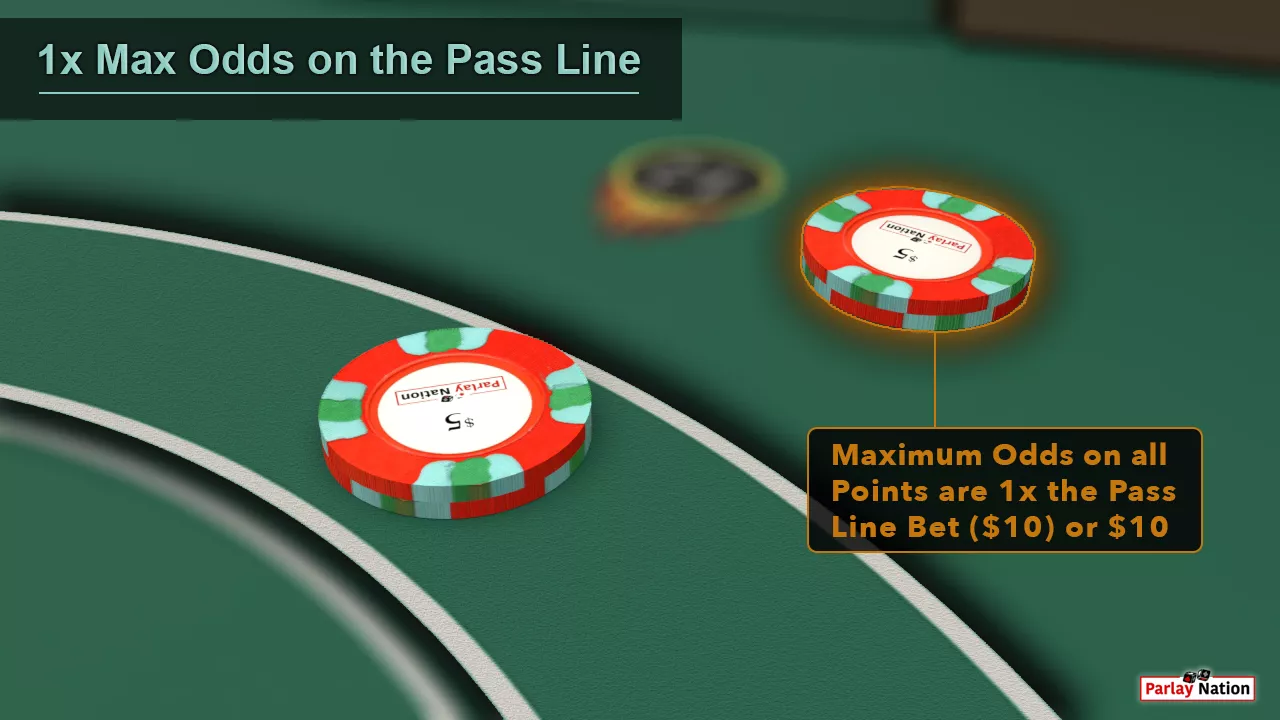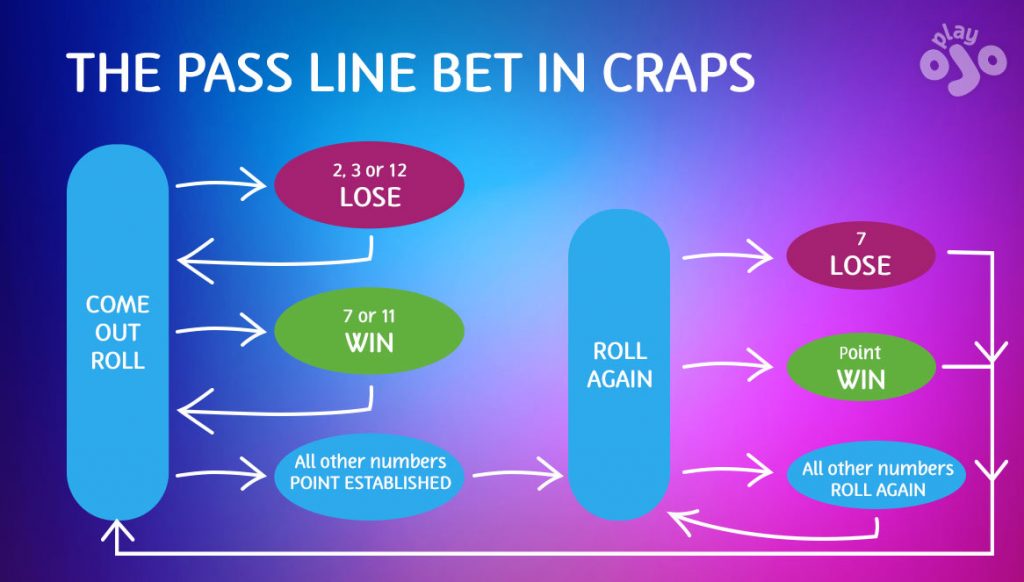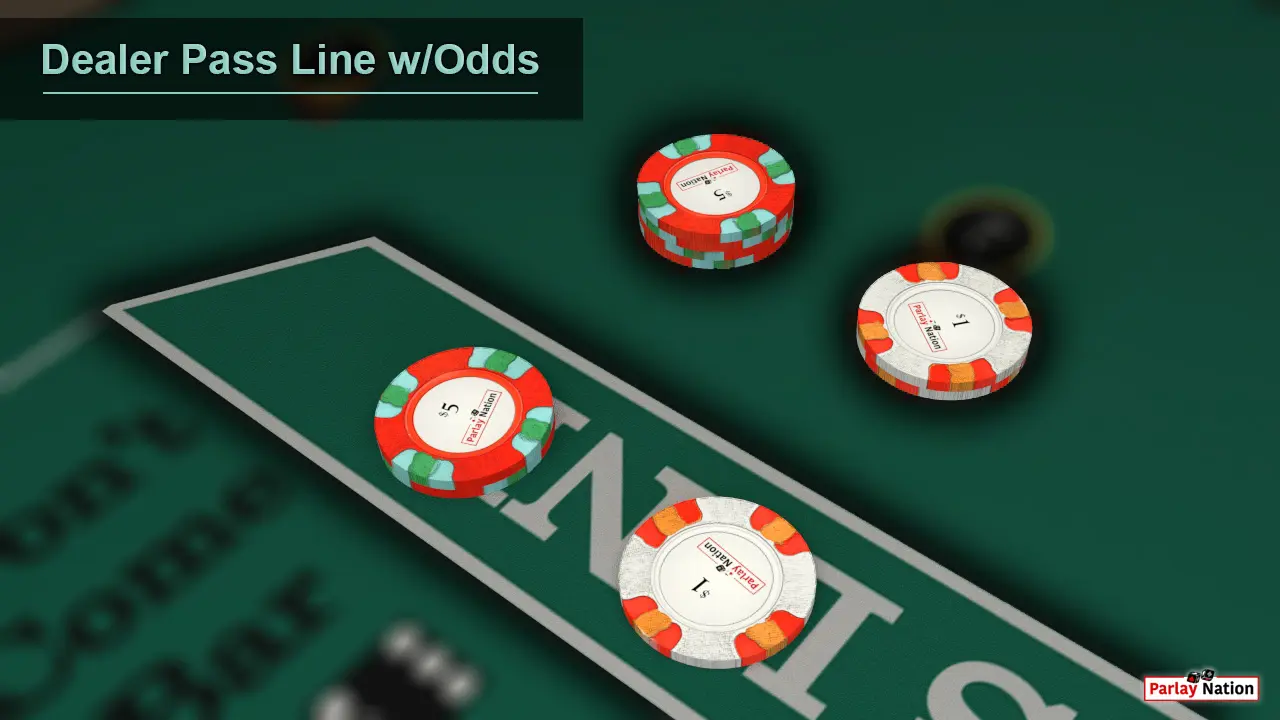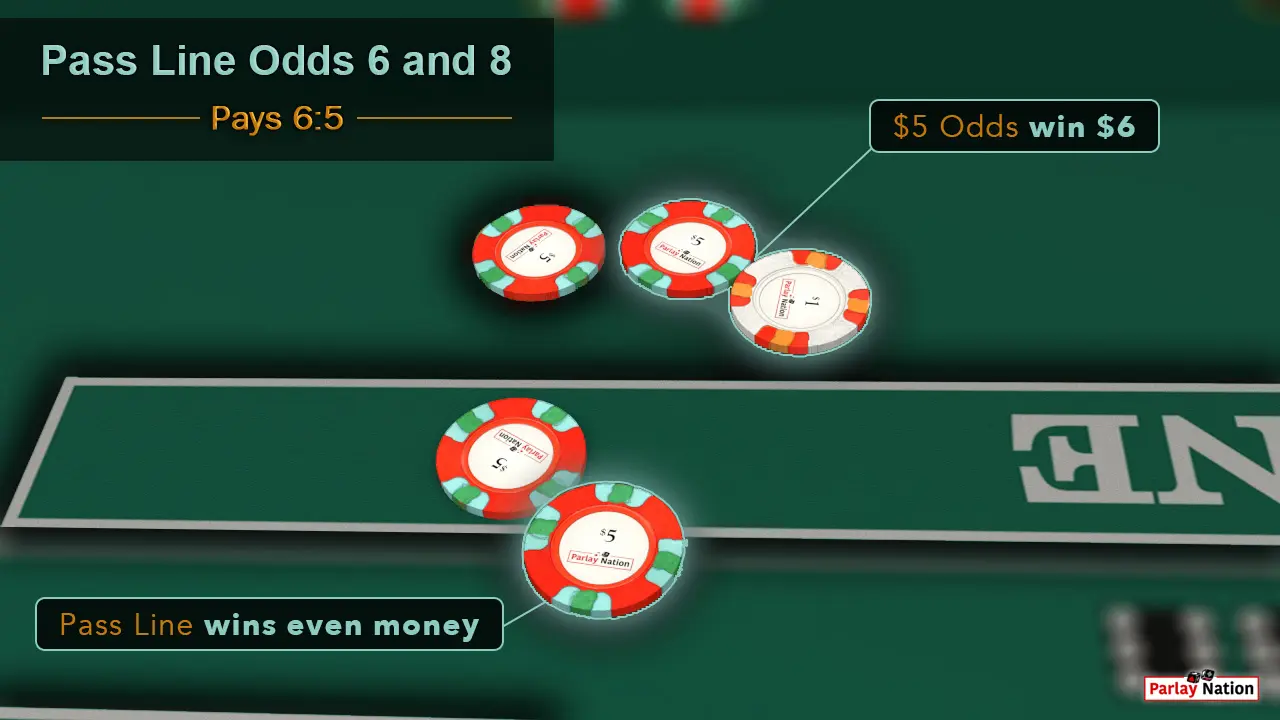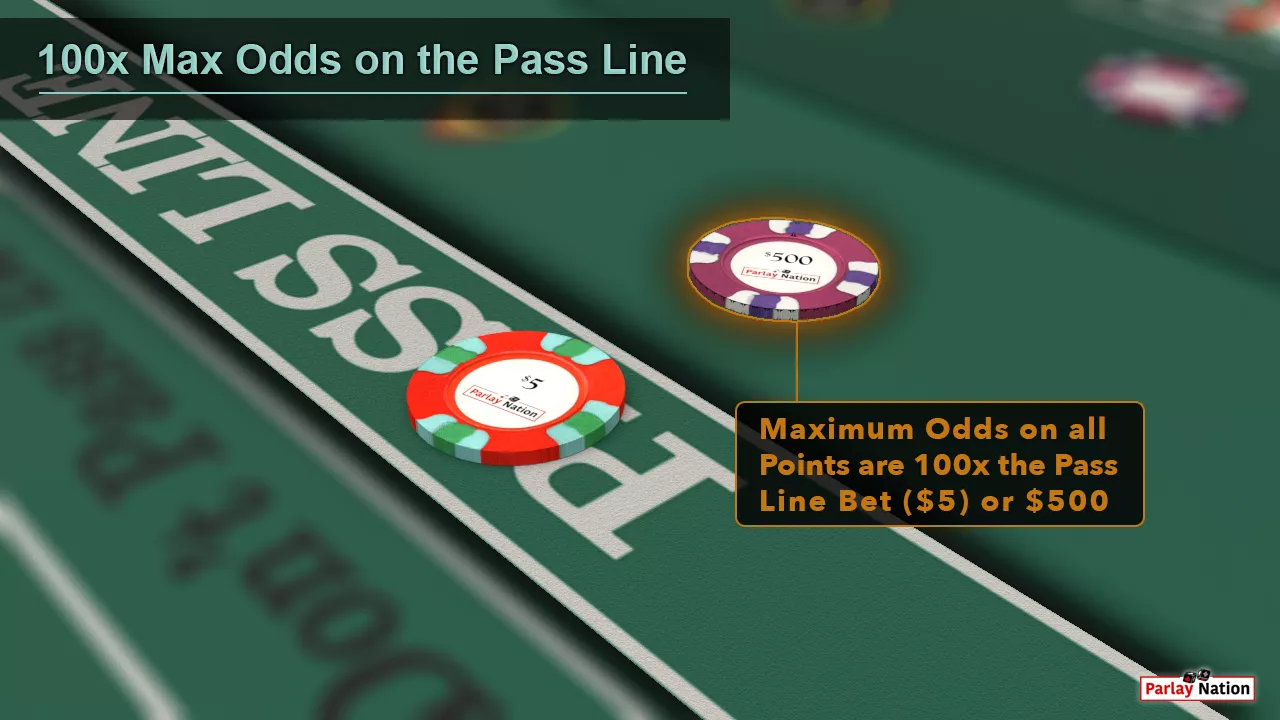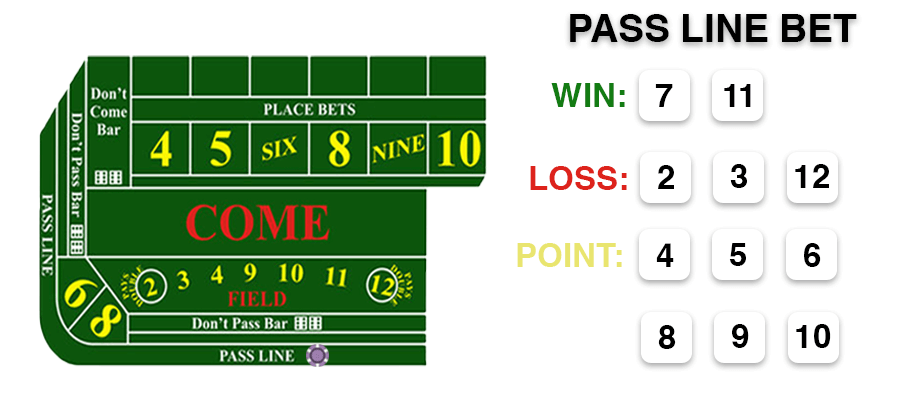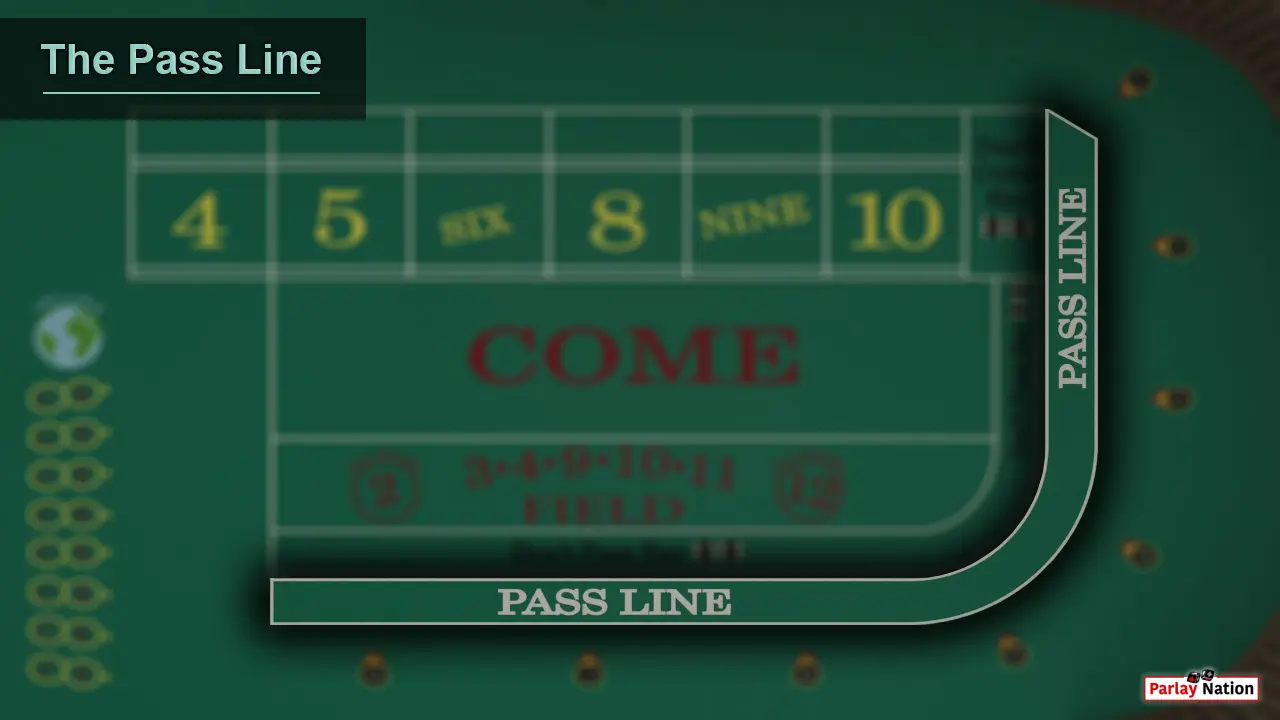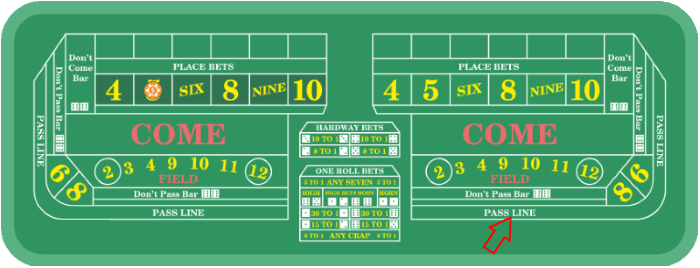Craps Odds Bet Behind Pass Line
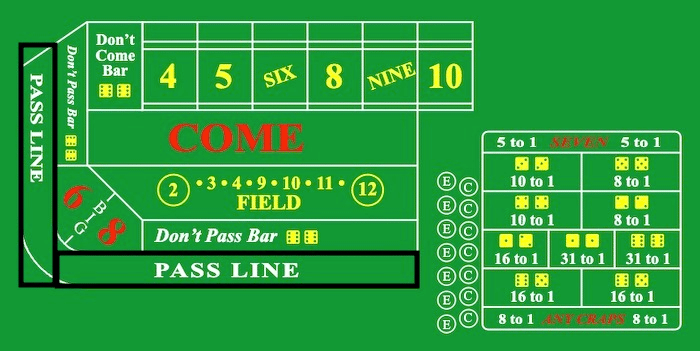
The low house edge of the "odds" bet in craps, specifically when placed "behind the pass line," continues to draw significant attention from both seasoned gamblers and newcomers seeking to maximize their potential returns at casino tables. Understanding the intricacies of this bet is crucial for players aiming to make informed decisions and potentially improve their odds of winning.
This article will explore the mechanics of the odds bet, its advantages, limitations, and how it fits into the broader strategy of playing craps. We will also touch upon the bet's increasing popularity, and how casinos are adapting to players' growing awareness of its benefits.
Understanding the Pass Line and Odds Bet
The pass line bet is one of the fundamental wagers in craps. A player makes this bet before the come-out roll (the first roll of a new round). If the shooter rolls a 7 or 11, the pass line bet wins. If the shooter rolls a 2, 3, or 12, the pass line bet loses.
If the shooter rolls any other number (4, 5, 6, 8, 9, or 10), that number becomes the "point." The shooter then continues to roll until they either roll the point again, in which case the pass line bet wins, or they roll a 7, in which case the pass line bet loses.
The odds bet, placed "behind the pass line" after a point has been established, allows players to wager additional money on the established point. Crucially, this additional wager is paid out at true odds, reflecting the actual probability of rolling that point number before a 7.
True Odds Explained
The concept of "true odds" is key to understanding the appeal of the odds bet. Unlike other bets in craps, where the casino has a built-in advantage (the house edge), the odds bet pays out winnings proportional to the statistical likelihood of success.
For example, if the point is 4 or 10, the odds are 2:1. This means that for every $1 you bet on the odds, you will win $2 if the point is rolled before a 7. For points of 5 or 9, the odds are 3:2, and for points of 6 or 8, the odds are 6:5.
Because the casino does not take a cut on this bet, the odds bet itself has a 0% house edge. This significantly reduces the overall house edge when combined with the pass line bet.
The Impact on House Edge
The house edge on the pass line bet is approximately 1.41%. However, adding the odds bet significantly lowers the overall house edge for the player. The more you are allowed to bet in odds, the lower the overall edge.
Casinos typically limit the amount a player can bet in odds, often expressed as a multiple of the pass line bet. Common limits include 3x odds, 5x odds, and even 10x odds in some casinos.
For example, a pass line bet with 3x odds lowers the combined house edge to approximately 0.37%. With 5x odds, the house edge drops to around 0.20%, and with 10x odds, it can fall as low as 0.18%. These figures highlight the potential advantages for informed players.
Strategic Considerations and Player Awareness
The growing awareness of the odds bet has led to more sophisticated craps strategies. Many experienced players focus on maximizing their odds bets while keeping their pass line bets relatively small to minimize risk on the higher-house-edge portion of the wager.
Furthermore, some casinos are starting to promote tables with higher odds limits to attract players. These tables, often advertised as "10x odds" or "100x odds," can be highly appealing to serious craps players seeking the lowest possible house edge.
It's important to remember that while the odds bet itself has no house edge, it is always tied to an initial pass line (or come) bet, which does carry a house advantage. Therefore, effective bankroll management and a clear understanding of the risks involved are crucial for long-term success.
The Human Element: A Gambler's Perspective
Beyond the cold mathematics, the odds bet has a psychological appeal for many players. The feeling of playing with true odds, even on a portion of their wager, gives them a sense of control and fairness often lacking in other casino games.
“It's the closest thing to an even playing field you'll find in a casino," says Robert Miller, a long-time craps enthusiast from Las Vegas. "Knowing you're getting paid out at true odds makes the game more engaging and, frankly, more fun."
However, Miller cautions against overconfidence. "It's still gambling. The 7 can appear at any time. Smart bankroll management is still key."
Conclusion
The odds bet behind the pass line remains a key element of smart craps play. Its appeal lies in its true odds payout, which significantly reduces the overall house edge for players who understand its mechanics.
As player awareness grows and casinos compete to offer more favorable odds, the odds bet will likely continue to be a central focus for both casual gamblers and seasoned professionals seeking to improve their chances at the craps table.
However, responsible gambling practices should always be followed, and players should remember that even with the advantages of the odds bet, craps remains a game of chance. Only bet what you can afford to lose, and understand that there is no guaranteed winning strategy.
